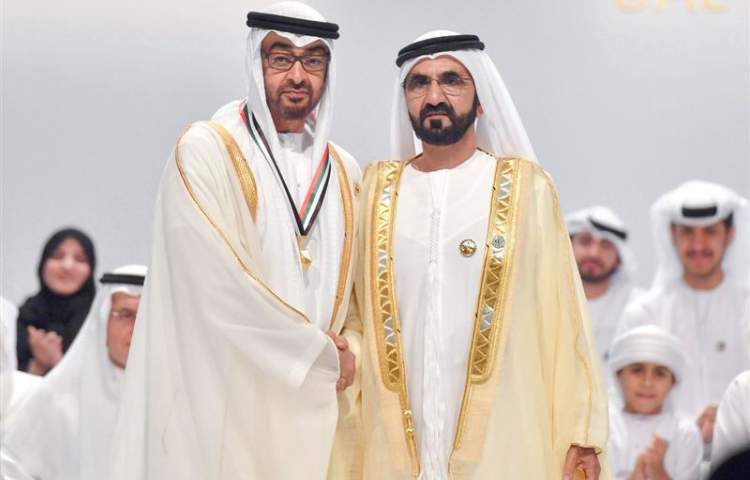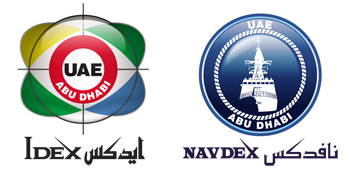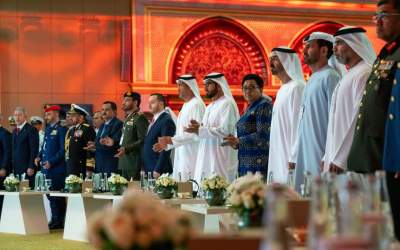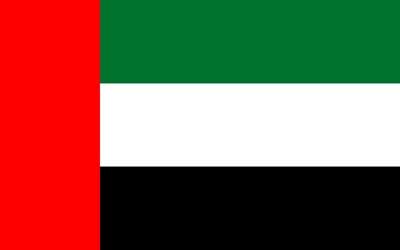The Dubai Electricity and Water Authority (DEWA) announced that its nanosatellite, DEWA-SAT 1, has transmitted 2,690 megabytes of data related to the organization’s activities to the ground station since its launch in January 2022.
Publish dateMonday 23 December 2024 - 00:32
According to Amac News: DEWA SAT-1 is a U3 nanosatellite that uses low-power, long-range wireless communication technology (LoRa), enabling direct communication through its Internet of Things (IoT) system.
The nanosatellite ensures data security with DEWA’s cryptographic standards.
Saeed Mohammed Al Tayer, CEO and Chairman of DEWA, said that the authority continues its efforts to exploit the latest technologies of the Fourth Industrial Revolution to develop smart and sustainable infrastructure.
He noted that the Space-D program aims to make nanosatellites a complementary technology to ground-based IoT communication networks for monitoring remote assets.
According to him, this will help digitize electricity and water networks and enhance planning, operations and preventive maintenance in the generation, distribution and transmission sectors.
In addition, the program will help reduce costs and maximize the return on investment from DEWA’s assets. The program will help share knowledge and train DEWA’s Emirati workforce.
Al Tayer explained that the DEWA Space Program (Space-D) aims to improve the efficiency of electricity and water networks using nanosatellites and remote sensing technologies.
DEWA is the first utility company in the world to use nanosatellites to improve the operation, maintenance and planning of electricity and water networks, increasing operational efficiency and productivity of DEWA’s assets.
The nanosatellites provide complete control over the data from a ground station at DEWA’s R&D center at the Mohammed bin Rashid Al Maktoum Solar Park. The station is managed by Emirati operators with advanced training. As part of the Space-D program, DEWA has launched two nanosatellites: DEWA SAT-1 in January 2022 and DEWA SAT-2 in April 2023.
The nanosatellite ensures data security with DEWA’s cryptographic standards.
Saeed Mohammed Al Tayer, CEO and Chairman of DEWA, said that the authority continues its efforts to exploit the latest technologies of the Fourth Industrial Revolution to develop smart and sustainable infrastructure.
He noted that the Space-D program aims to make nanosatellites a complementary technology to ground-based IoT communication networks for monitoring remote assets.
According to him, this will help digitize electricity and water networks and enhance planning, operations and preventive maintenance in the generation, distribution and transmission sectors.
In addition, the program will help reduce costs and maximize the return on investment from DEWA’s assets. The program will help share knowledge and train DEWA’s Emirati workforce.
Al Tayer explained that the DEWA Space Program (Space-D) aims to improve the efficiency of electricity and water networks using nanosatellites and remote sensing technologies.
DEWA is the first utility company in the world to use nanosatellites to improve the operation, maintenance and planning of electricity and water networks, increasing operational efficiency and productivity of DEWA’s assets.
The nanosatellites provide complete control over the data from a ground station at DEWA’s R&D center at the Mohammed bin Rashid Al Maktoum Solar Park. The station is managed by Emirati operators with advanced training. As part of the Space-D program, DEWA has launched two nanosatellites: DEWA SAT-1 in January 2022 and DEWA SAT-2 in April 2023.
amacnews.com/vdcb.0b5urhbfze4pr.html
Source : news agency wam
Most viewed















